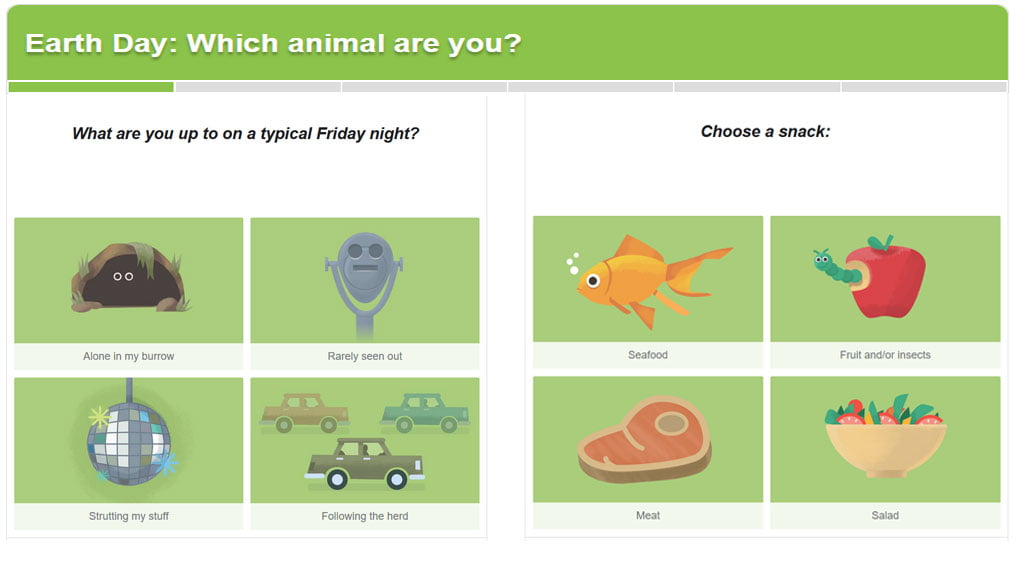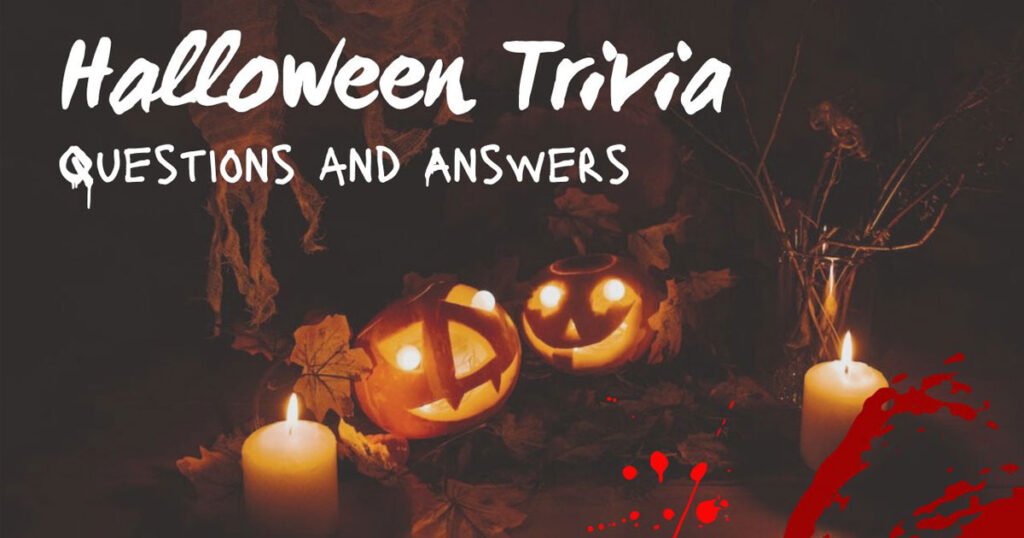Explore 101 fascinating Ancient Egypt trivia questions and answers covering pharaohs, pyramids, gods, culture, and daily life—perfect for quizzes or learning!
Ancient Egypt has captivated the world for thousands of years. From the mighty pyramids to the enigmatic Sphinx, and from powerful pharaohs to mysterious hieroglyphs, the ancient civilization along the Nile River continues to inspire curiosity. In this article, we dive into 101 Ancient Egypt trivia questions and answers that explore this remarkable civilization’s history, culture, religion, and innovations.
Whether you’re a student, educator, history buff, or trivia enthusiast, this guide will take you on a knowledge-packed journey into one of history’s greatest civilizations.
Ancient Egypt Trivia Questions and Answers
Here’s a full set of 101 Ancient Egypt Trivia Questions and Answers organized by category.
Pharaohs of Egypt
Q: Who was the first pharaoh of a unified Egypt?
A: Narmer (also known as Menes).
Q: Which pharaoh built the Great Pyramid of Giza?
A: Pharaoh Khufu.
Q: Who was the female pharaoh often depicted wearing a false beard?
A: Hatshepsut.
Q: Which pharaoh is best known for his tomb discovered nearly intact in 1922?
A: Tutankhamun.
Q: Which pharaoh signed the world’s first known peace treaty with the Hittites?
A: Ramses II.
Q: Who was known as the “Heretic King” for introducing worship of Aten?
A: Akhenaten.
Q: Which pharaoh’s name means “the living image of Amun”?
A: Tutankhamun.
Q: Who was Cleopatra VII’s famous Roman ally and lover?
A: Mark Antony.
Q: Which pharaoh is often considered the greatest and most powerful ruler of Egypt?
A: Ramses II.
Q: Who was the last pharaoh of Ancient Egypt before Roman rule?
A: Cleopatra VII.
Pyramids and Architecture
Q: What was the primary purpose of pyramids in Ancient Egypt?
A: They were tombs for pharaohs and royalty.
Q: Where are the famous pyramids of Giza located?
A: On the west bank of the Nile near Cairo.
Q: Which pyramid is the largest in Egypt?
A: The Great Pyramid of Khufu.
Q: What is the name of the pyramid with a bent shape due to design changes?
A: The Bent Pyramid.
Q: Who was the architect of the Step Pyramid at Saqqara?
A: Imhotep.
Q: What is the smallest of the three main Giza pyramids?
A: The Pyramid of Menkaure.
Q: What material was primarily used to build the pyramids?
A: Limestone blocks.
Q: What guards the pyramids at Giza with a lion’s body and human head?
A: The Great Sphinx.
Q: How were pyramid blocks transported?
A: Using sledges and ramps.
Q: Which pyramid was the first built in a true triangular shape?
A: The Red Pyramid.
Gods and Goddesses
Q: Who was the chief sun god of Ancient Egypt?
A: Ra.
Q: Which god of the afterlife is depicted with a jackal head?
A: Anubis.
Q: Who was the goddess of love, beauty, and motherhood?
A: Hathor.
Q: Which goddess was the protector of the throne and mother of Horus?
A: Isis.
Q: Who was the god of chaos and desert storms?
A: Set.
Q: Which god had the head of a falcon and represented kingship and the sky?
A: Horus.
Q: Who was the god of writing and wisdom with the head of an ibis?
A: Thoth.
Q: Which goddess was associated with cats and protection?
A: Bastet.
Q: Who was the god of creation linked with the Nile’s fertility?
A: Osiris.
Q: Which goddess represented truth, balance, and justice?
A: Ma’at.
Daily Life in Ancient Egypt
Q: What river was central to Egyptian life and farming?
A: The Nile River.
Q: What did Egyptians use to make paper-like material for writing?
A: Papyrus.
Q: What was the staple food of Ancient Egyptians?
A: Bread.
Q: Which alcoholic beverage was commonly consumed by Egyptians?
A: Beer.
Q: What was the most common material for Egyptian clothing?
A: Linen.
Q: What did Egyptians use as currency in trade?
A: Barter system with goods like grain and cattle.
Q: What type of houses did common Egyptians live in?
A: Mudbrick houses.
Q: What musical instrument was popular in Ancient Egypt?
A: Harp.
Q: Who received formal education in Ancient Egypt?
A: Mostly boys from wealthy families.
Q: What was the main writing system used in Ancient Egypt?
A: Hieroglyphics.
Mummies and the Afterlife
Q: What process preserved Egyptian bodies after death?
A: Mummification.
Q: What organ was left inside the body during mummification?
A: The heart.
Q: What was placed inside canopic jars?
A: Organs such as the stomach, liver, intestines, and lungs.
Q: Which god was believed to weigh the heart of the dead against a feather?
A: Anubis.
Q: What book guided Egyptians through the afterlife?
A: The Book of the Dead.
Q: What was the purpose of amulets placed inside mummies?
A: Protection in the afterlife.
Q: What did Egyptians believe happened if the heart was heavier than the feather of Ma’at?
A: The soul was devoured by Ammit.
Q: What type of salt was used in the drying process of mummification?
A: Natron.
Q: What mask was placed over Tutankhamun’s mummy?
A: A gold funerary mask.
Q: What was the Egyptian belief about the afterlife?
A: It was a continuation of earthly life in paradise.
Art and Culture
Q: What colors symbolized life and rebirth in Egyptian art?
A: Green and blue.
Q: What writing material was used for religious texts and records?
A: Papyrus scrolls.
Q: What was Egyptian jewelry often made of?
A: Gold, semi-precious stones, and faience.
Q: Which famous stone helped scholars decipher hieroglyphics?
A: The Rosetta Stone.
Q: What kind of dance was popular in Ancient Egypt?
A: Religious and festival dances.
Q: What did wall paintings in tombs usually depict?
A: Daily life, gods, and afterlife scenes.
Q: What instrument did Egyptians use for keeping rhythm?
A: Sistrum.
Q: What was the purpose of statues in temples?
A: To serve as a home for the spirit of gods.
Q: What was the role of scribes in Ancient Egypt?
A: They recorded information and kept official documents.
Q: What was a cartouche?
A: An oval with a royal name written inside.
Wars and Conquests
Q: Which pharaoh led the Battle of Kadesh against the Hittites?
A: Ramses II.
Q: What group of people invaded Egypt during the Second Intermediate Period?
A: The Hyksos.
Q: Who was the pharaoh that expanded Egypt’s empire into Nubia?
A: Thutmose III.
Q: Which empire conquered Egypt in 525 BCE?
A: The Persian Empire.
Q: Who conquered Egypt in 332 BCE?
A: Alexander the Great.
Q: What was the main weapon used by Egyptian charioteers?
A: Bow and arrows.
Q: Which people were often recruited as mercenaries in the Egyptian army?
A: Nubians.
Q: Who was Cleopatra VII’s Roman enemy in battle?
A: Octavian (later Augustus Caesar).
Q: What structure protected Egypt from invasions to the west?
A: The desert.
Q: What group eventually made Egypt part of the Roman Empire?
A: The Romans.
Nile and Agriculture
Q: What did Egyptians depend on for fertile soil?
A: The annual flooding of the Nile.
Q: What farming tool was used to lift water from the Nile?
A: Shaduf.
Q: What type of calendar did Egyptians develop to predict floods?
A: A 365-day solar calendar.
Q: What was the main crop grown in Ancient Egypt?
A: Wheat.
Q: What bird symbolized the Nile’s fertility?
A: The Ibis.
Q: What crop was used to make clothing?
A: Flax.
Q: What animal was considered sacred to Nile fertility?
A: The crocodile (linked to Sobek).
Q: What type of plow was used in Egyptian farming?
A: Wooden plow pulled by oxen.
Q: What was Egypt’s nickname due to the Nile’s fertility?
A: “The Gift of the Nile.”
Q: Which season was dedicated to harvesting crops?
A: Shemu (the harvest season).
Famous Monuments
Q: What is the largest statue in Ancient Egypt?
A: The Great Sphinx of Giza.
Q: What temple was built by Hatshepsut at Deir el-Bahri?
A: Mortuary Temple of Hatshepsut.
Q: What two massive statues guard the entrance of Luxor Temple?
A: Statues of Ramses II.
Q: Which temple complex is one of the largest in the world?
A: Karnak Temple.
Q: Where is the Valley of the Kings located?
A: Near Luxor (ancient Thebes).
Q: What temple was relocated due to flooding from the Aswan High Dam?
A: Abu Simbel.
Q: What famous stone was discovered in Rosetta in 1799?
A: The Rosetta Stone.
Q: Which pyramid is the oldest known step pyramid?
A: Djoser’s Step Pyramid.
Q: What temple was dedicated to the falcon god Horus?
A: Temple of Edfu.
Q: What obelisks were built to honor the sun god Ra?
A: The obelisks of Heliopolis.
Science and Inventions
Q: What system of writing did Egyptians invent?
A: Hieroglyphics.
Q: What medical practice were Egyptians skilled at?
A: Surgery and setting broken bones.
Q: What did Egyptians use to measure land after floods?
A: Geometry.
Q: What was the main purpose of Egyptian calendars?
A: To track the Nile’s flooding and farming seasons.
Q: What type of mathematical system did Egyptians develop?
A: A decimal system.
Q: What did Egyptians use to create durable dyes for textiles?
A: Plants and minerals.
Q: What did Egyptians use cosmetics for?
A: Protection from the sun and decoration.
Q: What device measured the rise of the Nile River?
A: Nilometer.
Q: What instrument did Egyptians use for timekeeping?
A: Sundials and water clocks.
Q: What did Egyptians use honey for in medicine?
A: To treat wounds and infections.
Cleopatra and the Ptolemaic Era
Q: Who was the father of Cleopatra VII?
A: Ptolemy XII Auletes.
Q: Which Roman leader did Cleopatra meet by being rolled in a carpet?
A: Julius Caesar.
Q: How did Cleopatra allegedly die?
A: By the bite of an asp (snake).
Q: Which dynasty did Cleopatra belong to?
A: The Ptolemaic dynasty.
Q: Cleopatra ruled from which Egyptian city?
A: Alexandria.
Q: What language did Cleopatra famously speak besides Greek?
A: Egyptian.
Q: Which war marked the end of Cleopatra’s reign?
A: The Battle of Actium.
Q: Cleopatra had children with which two Roman leaders?
A: Julius Caesar and Mark Antony.
Q: What was Cleopatra’s title as ruler?
A: Pharaoh of Egypt.
Q: What empire annexed Egypt after Cleopatra’s death?
A: The Roman Empire.
❓ Frequently Asked Questions (FAQs)
1. Why is Ancient Egypt important?
It contributed significantly to science, architecture, religion, and governance.
2. Who were the most famous pharaohs?
Pharaohs like Ramses II, Tutankhamun, Hatshepsut, and Cleopatra are widely known.
3. Are the pyramids tombs?
Yes, they served as elaborate tombs for royalty.
4. What are some lasting inventions of Ancient Egypt?
Papyrus, makeup, sundials, and early surgery tools.
5. What language did Egyptians speak?
Ancient Egyptian, written in hieroglyphs and later in Coptic.
🔚 Final Words
Ancient Egypt remains a symbol of innovation, mysticism, and cultural richness. Through these trivia questions, we’ve explored just a fraction of what this civilization offered the world—from spiritual beliefs and architectural feats to everyday life and monumental achievements. Whether you’re preparing for a quiz night or just diving deep into history, Ancient Egypt always provides something to learn and admire.



